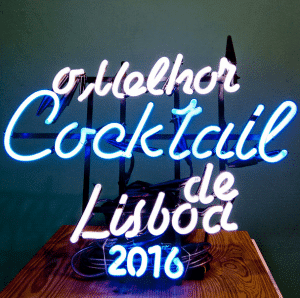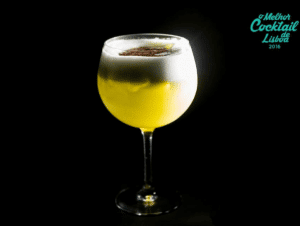The river Douro in the Northern part of Portugal was a cradle for winemaking since ancient times, before the Roman occupation of the Iberian Peninsula and their strong encouragement of viticulture. Wine, together with cereals and olive oil, represented the pillars of the local economy. Douro wines got on the world map much later though, during the 2nd half of the 17th century as a result of war between France and England.
Once England boycotted the importation of French wines, and the London elite ran dry on wine, the search for alternatives began and Portugal was the answer. Very rapidly Porto attracted a flourishing British merchant community, which traded in wool and cloth and sent Douro wine back to England. Commercial activities have rapidly been sealed in a famous Treaty signed in 1703. The two countries agreed that wine could be imported into England at a greatly reduced tax rate and British wool was admitted into Portugal duty-free. It was the starting point for the rapidly growing international interest in traditional Douro wines, the wines with their characteristically deep purple color and a special dryness in the mouth.
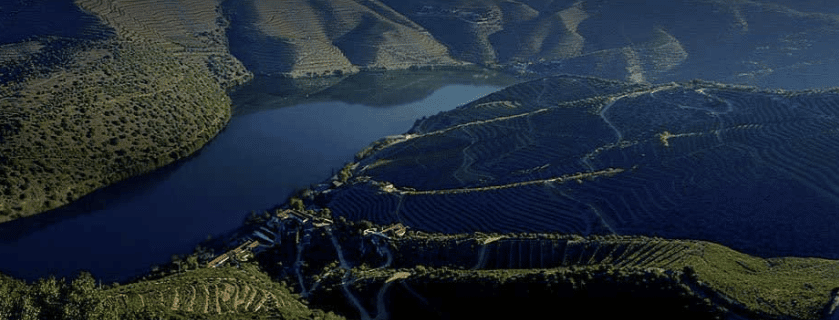
As a result of the Treaty, wine got shipped in big quantities to England. The Portuguese, in order to prevent any potential damage during the passage, started to add small amounts of brandy to the wine, which represented a first step towards today’s style of Port. Furthermore, to please even more the British palate, they also started to add some sugar, something that became slowly but surely common practice, as they liked it. Hence the British influence had the final say, Port wine got once and for ever today’s style: sweetish, typically deep purple black, full bodied and fortified with added brandy.
The British merchants settled in the region and dominated the Port wine trade for a long time. As a matter of fact many of them are still here today. The Portuguese, on the other hand, keen to protect the authenticity of their wine and to control its price, created in 1756 a supervisory entity, which established the exact extension of the Douro wine regions, demarcating clearly as up to where it was allowed to label the wine as ‘Port’. It was worldwide the first time that a wine region got its formal demarcation.
Today the Douro wine region has become a notorious attraction for custom-made visits. Starting in the city of Porto you can enjoy the view of the vineyards on exclusive boat trips up the meanders of the Douro River, a landscape marked by old and new stone-terraced hills. The river may have fashioned the millenary landscape, but the terraces are due to the hard labor of men and women who built and rebuilt the hillsides rising from its banks over the last three centuries to enable the vineyards’ plantation. Today they are part of the landscape that UNESCO has classified as a World Heritage Site.
The Douro region as a natural treasure for growing grapes and making wines, is a region of canicular hot summers and bone-chilling cold winters, a land of extremes, where the vines, on poor soil and between broken slabs of schistous rocks, grow deeply their roots in search of scarce water. Several indigenous varietals are the base of Port, always being a blend. The diversity of soils and existing micro climates means that grapes are different according to where the vines have been planted. The Douro vintners’ artistry therefore starts in the vineyard, with the decision to determine the best combination of grape varietal, soil, location and micro climate for each piece of vineyard. Douro wines are terroir wines expressing beautifully the sense of place.
The whole wine making process is complex, starting with the fermentation process, the addition of the brandy, quantity and timing of it with respect to the sweetness or dryness of the Port to be created. Some of the most prestigious wineries still practice wine making as performed centuries ago, including foot-treading the freshly harvested grapes. The final result of all of them is Port with a final alcohol content varying between 19 and 23°.
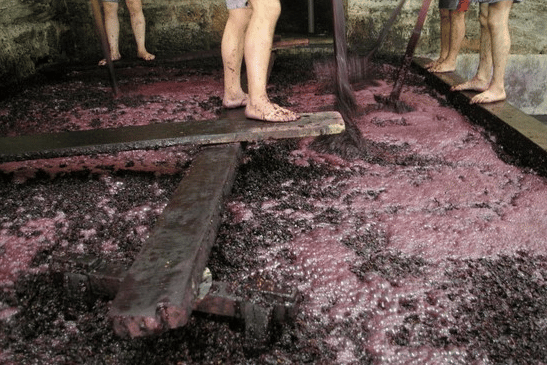
Vila Nova de Gaia, opposite the city of Porto, is the location just before the Douro River’s mouth into the sea. Port wine producers stored the wine here, and still today thousands of wine casks are maturing in dozens of wine lodges. It is here that the wine is transforming over time into the sweet, soft and light nectar with its incomparably delicate aromas that is appreciated today allover the planet.
One of the oldest lodges of Vila Nova da Gaia is Taylor’s, located in Rua do Choupelo nr. 250. They just reopened a freshly restored visitor’s part, a beautiful open space, where you can follow step by step the making of Port as practiced over more than three hundred years. You will get a glimpse of their wine casks, stored on the naturally sandy cellar floors, and can assist to some day to day work, follow on screen the work in the vineyards throughout the year, and get an introduction into the Taylor’s family history, one of the most significant Port producer.
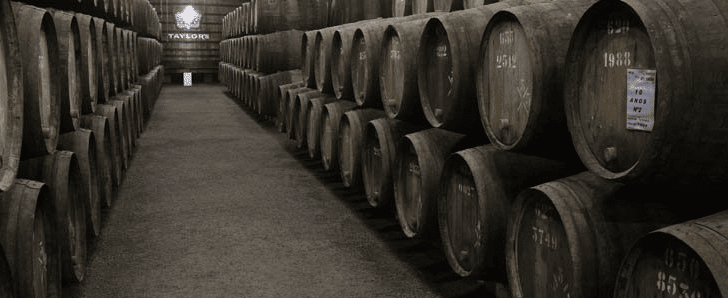
Back to Lisbon and the result of the cocktail competition, which was held during Lisbon’s 1st Cocktail week. Voted by the jury and the public to be ‘The Best Cocktail 2016’ was a cocktail called Apple Lover’s, a mix of Gin, Green Apple Juice (Granny Smith), Sugar Syrup, Lemon Juice, Egg White and Basil.
My next letter will be from Madeira, the homeland of another famous wine, Madeira wine, homeland also of Cristiano Ronaldo!
Nina Spinnler from Portugal
